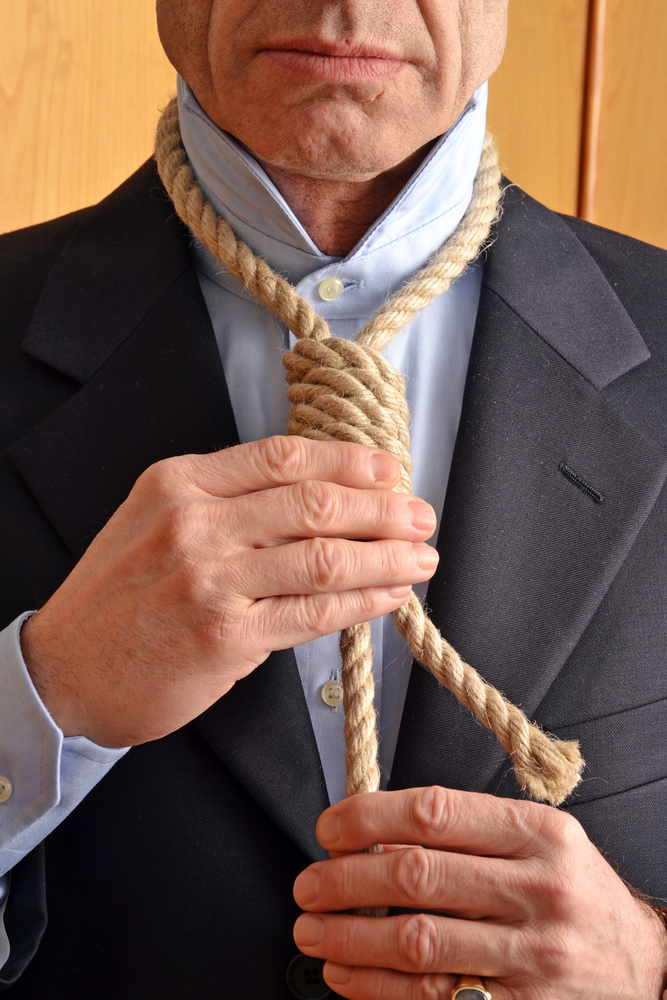Like any financial tool, a Line of Credit can be very useful when used properly or it can be devastating if handled carelessly. Done the right way, a financial institution gives your business a line of credit against either physical property or accounts receivable and you use this line to even out cash flow issues or to manage large purchases until proper financing is put into place. Lines of credit can also be used for one time or irregular expenses to allow them to be paid out over time. If you draw on a LOC, your singular purpose in life should be to pay it back down to zero as soon as humanly possible. Think of a Line of Credit as a really big credit card and treat it as such (pay it off every month – or at least asap) and you’ll be fine.
A LOC should never be used for regular expenses or to cover recurring cash flow shortfalls unless there is a definitive plan to repay the LOC. If you use a LOC for a practice, equipment or real estate purchase to get the deal done quickly as happens sometimes, never do so lightly and have a concrete plan in place for putting an appropriate financial instrument in place asap (a loan or mortgage designed for this kind of purchase). If you are careless with a LOC you can find yourself in a pickle where you have drawn your maximum amount and still need more. If your business doesn’t go down the drain as a result then you’ll carry this maxed out Line of Credit in an “evergreen” state, paying interest, strapped for cash and unable to pay off the LOC. This is a very bad place to be.
One other very, very important thing to remember about Lines of Credit. Never, Never, NEVER allow anyone other than you, as the business owner, have the authority to draw on the line of credit. It’s you’re A$$ on the line so make sure you fully understand what you’re doing in every situation and how you’ll undo it before dipping into the well. I’m not terribly smart and I didn’t go to business school so I’ll bet you can guess how I know so much about Lines of Credit and what can go wrong with them…

